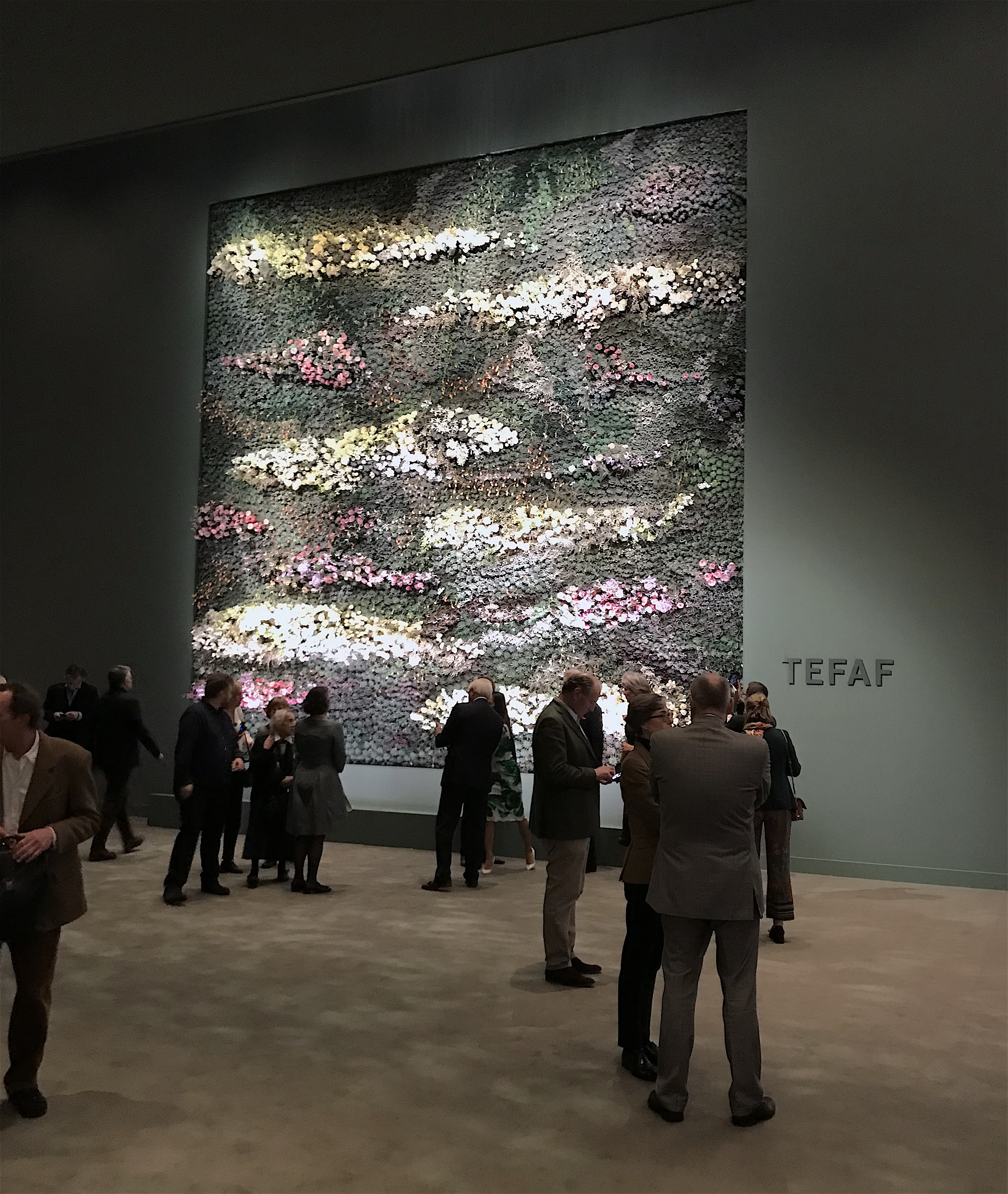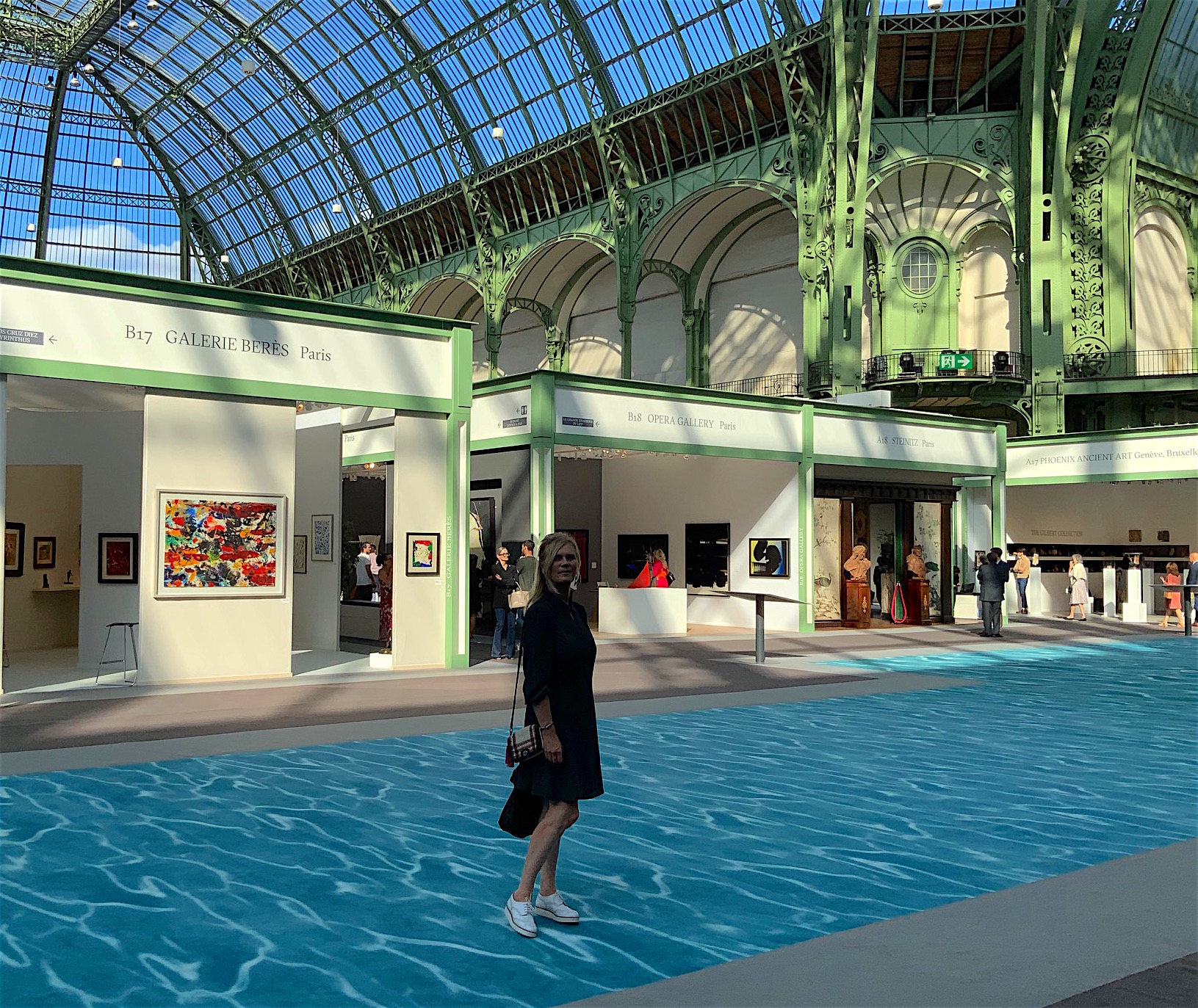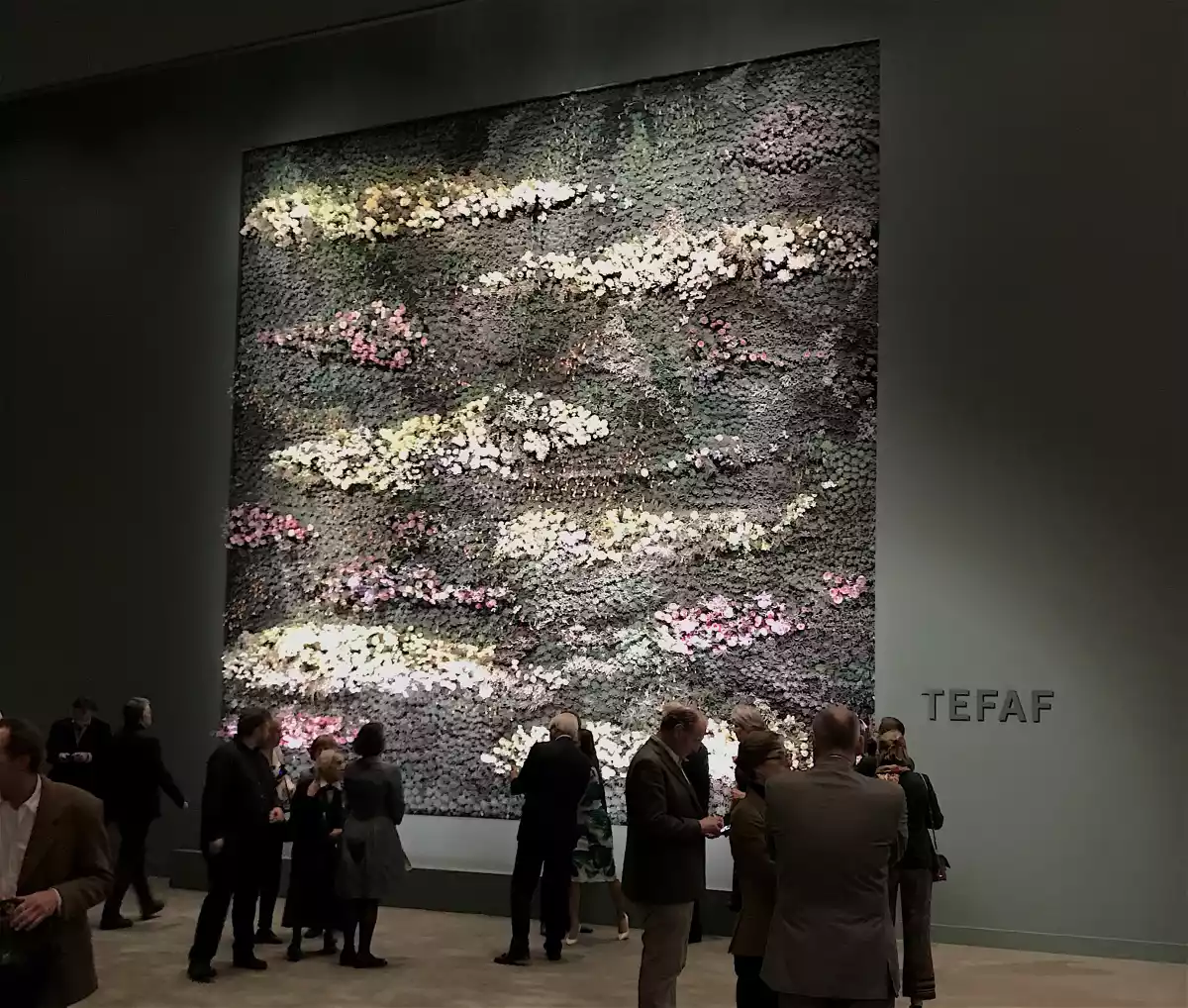FAB Market Insights
Stay informed with our art news and market insights.
Over the past 20 years art fairs have become an increasingly important part of the art market. Many sell a particular type of art that suits the local clientele, while some have expanded into ‘destination’ fairs which attract visitors from around the world. But with the best fairs, which are few in number, the locality of the fair helps to define its character. For instance the Art Basel fairs maintain very different aesthetics and can broadly be seen as offering Basel, or Miami or Hong Kong ‘taste’ even though many galleries exhibit at all three fairs.
This local flavour is clearly seen among the best European art fairs. The recent BRAFA fair in Brussels was interesting and was high quality. It is a fair that has steadily grown in stature over the years. Earlier versions of the fair were very much dealer’s events where many of the sales were done for cash before the event ever opened, and indeed one member of the Belgian royal family used to gain access on set up days to make her purchases (reputedly accompanied by an equerry with an attaché case). This Flemish willingness to make a deal whenever possible is still seen at BRAFA, though nowadays it is a genuine international destination fair for both art and antiques. There were as many French galleries exhibiting there as Belgians, and many Parisian dealers who were not there had lent their best paintings to other exhibitors. Indeed the view expressed to me was that this, a distinctly Belgian event, had become one of France’s top fairs, and it was thought there was no point my going down to Paris the next day as “there’s nothing to see there right now”.
By contrast it will interesting to see how much local flavour remains at TEFAF Maastricht. Two years ago there was a clear-out of many longstanding exhibitors, in an effort to bring in more high-profile American contemporary galleries to make the TEFAF ‘brand’ more easily marketable in New York. Many of those departing dealers were Dutch and Belgian, with strong client allegiances from those areas, and regardless of what the incoming dealers achieved in their stead, large numbers of wealthy and influential local art collectors were disappointed. However, in terms of a fair showing a complete range of art and antiques, TEFAF Maastricht remains one of the great fairs, and in spite of the perennial problems of how to get there other than by private jet, it remains one of the great destination fairs.

In June one of the undoubted highlights of the fair calendar is Art Basel in Switzerland. With the eponymous main fair attracting the sort of crowds that most other fairs dream of in terms of numbers, wealth and relative youth, with interesting satellite fairs (including SCOPE, LISTE and Volta), and with installations and performance art at small venues throughout the city, it really demands a 2-3 night stay.
By contrast the Biennale in the Grand Palais in Paris has become a great art and antiques fair in decline. Whether this is terminal depends upon its new location as the Grand Palais is going to be renovated, and whether it recovers its core markets, with the right balance between art and antiques, between the old and the new, and combining that with the commitment to style and quality and sense of occasion that marked it out from the rest. And that largely depends upon the dealers. If they aren’t finding buyers for their best stock at fairs, then they tend to deliberately bring lesser works that can be sold down to a price. But that only encourages the downward spiral. Most fairs depend upon dealers bringing fresh and exciting artworks and where possible of the very best quality, and they set the tone for the whole fair including for the dealers who haven’t the funds or influence to acquire quite the best. Once the dealers are convinced it will be worth their while doing that, then a fair becomes exponentially better for it. Certainly last year, the few dealers who brought their very best works and made an effort to present something special got their reward.
Holding the fair in the unique setting of the Grand Palais has carried with it certain problems to overcome (notably the cavernous space, the stunning but rather overwhelming architecture, and the heat and the light) but the FIAC fair held a month after the Biennale in the same venue has become probably Paris’s pre-eminent art fair. It obviously benefits from the additional zip that contemporary art fairs have in the current market, but there are interesting and exceptional 20th century artworks on view too. And there’s a sense that everyone is buying into the concept of putting on the very best show they possibly can. That’s the best way of ensuring the top tier of international collectors keeps coming back there year after year.

Meanwhile, at the same time that FIAC occupies the Grand Palais, 100 metres away a line of narrow marquees on the Champs Élysées houses the Art Élysées Fair, a relatively intimate and one might almost say ‘boutique’ fair. It includes a central hall of a dozen or so really good dealers showing mainly 20th century modernist and contemporary artworks, many of them privately sourced and market-fresh, and presented with style. There’s also a more crowded hall of mainly contemporary art, plus a separate ultra-stylish hall of ‘design’ and functional objects. It’s a largely Parisian fair, and all the better for that, but, alongside FIAC, it has considerably greater ‘reach’ and significance.
2020 Fair Dates:
BRAFA – Brussels 26 Jan 2 Feb
TEFAF- Maastricht Mar 7–15
Art Cologne 23–26 April
Kunst RAI – Amsterdam 29 April – 3 May
Art Basel June 18 – 21
Biennale - Paris 17-21 Sept
FIAC - Paris 22-25 Oct
Art Elysee – Paris Oct 22-26


